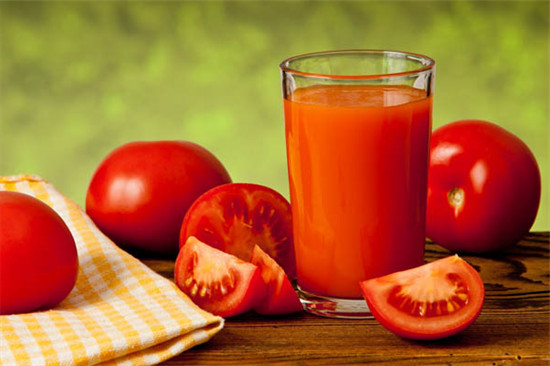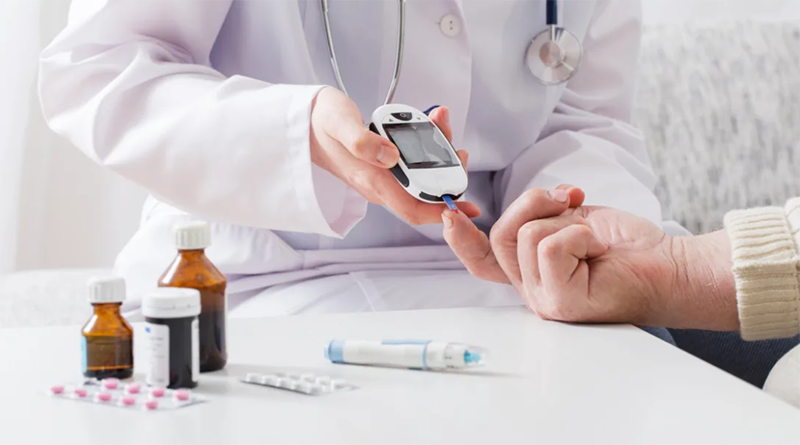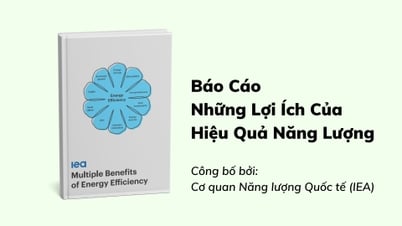Tomato juice is a nutritious drink, rich in vitamin C, potassium and antioxidants such as lycopene. The lycopene in tomato juice may help reduce the risk of heart disease, prostate cancer and type 2 diabetes. Some tomato juices are high in sodium, so choose low- or no-sodium varieties.
1. Health benefits of tomato juice
Tomato juice is rich in vitamins, minerals, and antioxidants. It is also a hydrating drink. Plus, it is low in calories and has no added sugar.
Tomato juice is particularly rich in an antioxidant called lycopene. The body cannot produce this antioxidant on its own, so it must be consumed through the diet.
Lycopene has been linked to a reduced risk of:
- Heart disease
- Prostate cancer
- Type 2 diabetes
- Heart disease: Studies show that the antioxidant and anti-inflammatory properties of lycopene may benefit heart health by:
- Prevents plaque buildup in arteries
- Prevent platelets from sticking together and forming blood clots
- Improve blood flow
- Binds to "bad" low-density lipoprotein (LDL) cholesterol to protect against fatty buildup in arteries
- Lower blood pressure...
- Prostate cancer: Research suggests that lycopene from tomatoes may help reduce the risk of prostate cancer, but most of the studies linking tomatoes, lycopene, and prostate cancer have been in rodents. More research is needed to determine the effects of lycopene on human cancer cells.

Tomato juice contains many essential nutrients that are beneficial to health.
- Type 2 diabetes: The antioxidant and anti-inflammatory effects of lycopene may help reduce the risk of type 2 diabetes and control diabetes in people who already have it. The potassium, magnesium, and vitamin C in tomato juice work with lycopene to help reduce oxidative stress and inflammation caused by diabetes.
Another reason tomato juice may appeal to people with diabetes is its low glycemic index. This means it doesn't cause a spike in blood sugar. One small study even showed that drinking a glass of tomato juice 30 minutes before eating can improve blood sugar levels after a meal.
2. Nutritional value of tomato juice
Tomato juice is packed with essential nutrients. Here is the nutritional information for one cup of tomato juice:
Nutrients | Quantity (per 1 cup) | Percent Daily Value (%DV) |
Calories | 41kcal | - |
Protein | 2g | - |
Fat | 0.7g | Less than 1% |
Carbohydrate | 8.5g | 3% |
Fiber | 1g | 4% |
Road | 6g | - |
Sodium | 615mg | 27% |
Vitamin C | 170mg | 53% |
Vitamin A | 56 mcg RAE | 6% |
Vitamin B1 | .24mg | 17% |
Vitamin B3 | 1.64mg | 10% |
Vitamin B6 | .17mg | 11% |
Folic acid | 48.6 mcg | 12% |
Magnesium | 26.7mg | 6% |
manganese | .17mg | 7% |
Potassium | 527mg | 11% |
3. Notes when drinking tomato juice
Although tomato juice has nutritional value, there are still some potential downsides that you should be aware of.
- Sodium (salt): Many brands of tomato juice are very high in sodium. Some have as much as 800 mg of sodium per cup, which is about 30% of your recommended daily intake (DV). This is a lot of sodium for one drink, especially since most adults already consume more than the recommended daily limit.
Adults consume about 3,400 mg of sodium per day, which is much higher than the recommended 2,300 mg/day. The American Heart Association recommends an even lower limit of 1,500 mg/day. Excess sodium intake is linked to high blood pressure, which increases the risk of:
- Heart disease
- Stroke
- Congestive heart failure
- Kidney problems
Therefore, low-sodium or sodium-free tomato juice is the best possible choice.
- Acid: Tomato juice is acidic and can cause heartburn and other symptoms of GERD (gastroesophageal reflux disease). If you have GERD or suffer from frequent heartburn, you should limit your intake of tomato juice.
- Potassium: Tomato juice is high in potassium, an electrolyte with many health benefits. However, some people need to closely monitor their potassium intake to avoid hyperkalemia (high potassium levels in the blood). This includes people with kidney disease and those taking potassium-sparing diuretics or ACE inhibitors.

The lycopene in tomato juice may help reduce the risk of heart disease, prostate cancer and type 2 diabetes.
4. Things to note when buying tomato juice
The best tomato juice should have as few ingredients as possible. Ideally, the ingredient list should only include tomatoes, water, and a small amount of salt or other seasoning.
When buying tomato juice, pay attention to the sodium content, as the amount of sodium varies greatly between commercial tomato juice brands. In 1 cup of regular tomato juice, there are 400 mg to 800 mg of sodium. For lower sodium options, choose juice brands that have the following symbols on the label:
- No Salt: Less than 5 mg sodium per cup
- No salt added: About 25 mg sodium per cup
- Low sodium: Less than 140 mg sodium per cup
- Reduced Sodium: Means 25% less sodium than the brand's regular version
5. How to make tomato juice
Tomatoes used for juice can be either cold-processed or heat-processed. Most supermarket tomato juice brands use heat-processed methods, while juice bars tend to use cold-processed methods.
Cold-processed tomato juice often has better color and flavor, but heat-processed tomato juice may offer more health benefits because this method helps your body absorb lycopene better.
Some brands combine tomato juice with other fruits and vegetables, such as celery and carrots, to create "vegetable juice."
These vegetable juices provide a variety of vitamins and nutrients. The specific amount depends on the type of vegetable used, for example, a juice blend with carrots will be high in vitamin A.
Both raw and cooked tomato juice have health benefits, but the cooked version has the advantage. The lycopene in tomatoes is better absorbed by your body when the tomatoes are cooked or heated.
Fat also helps enhance lycopene absorption, so adding a little olive oil to tomato juice is another way to boost absorption.
Tomato juice is a hydrating, low-calorie beverage that is packed with vitamins, minerals, and antioxidants, including lycopene. The lycopene in tomato juice has been linked to a reduced risk of heart disease and type 2 diabetes, and may even reduce the risk of prostate cancer. To get the most nutritional value from tomato juice, pay attention to the sodium content and choose a low- or no-sodium variety.
Source: https://giadinh.suckhoedoisong.vn/uong-nuoc-ep-ca-chua-moi-ngay-co-tac-dung-gi-172241009092446679.htm



























![[Photo] National Assembly Chairman Tran Thanh Man visits Vietnamese Heroic Mother Ta Thi Tran](https://vphoto.vietnam.vn/thumb/1200x675/vietnam/resource/IMAGE/2025/7/20/765c0bd057dd44ad83ab89fe0255b783)










































































Comment (0)